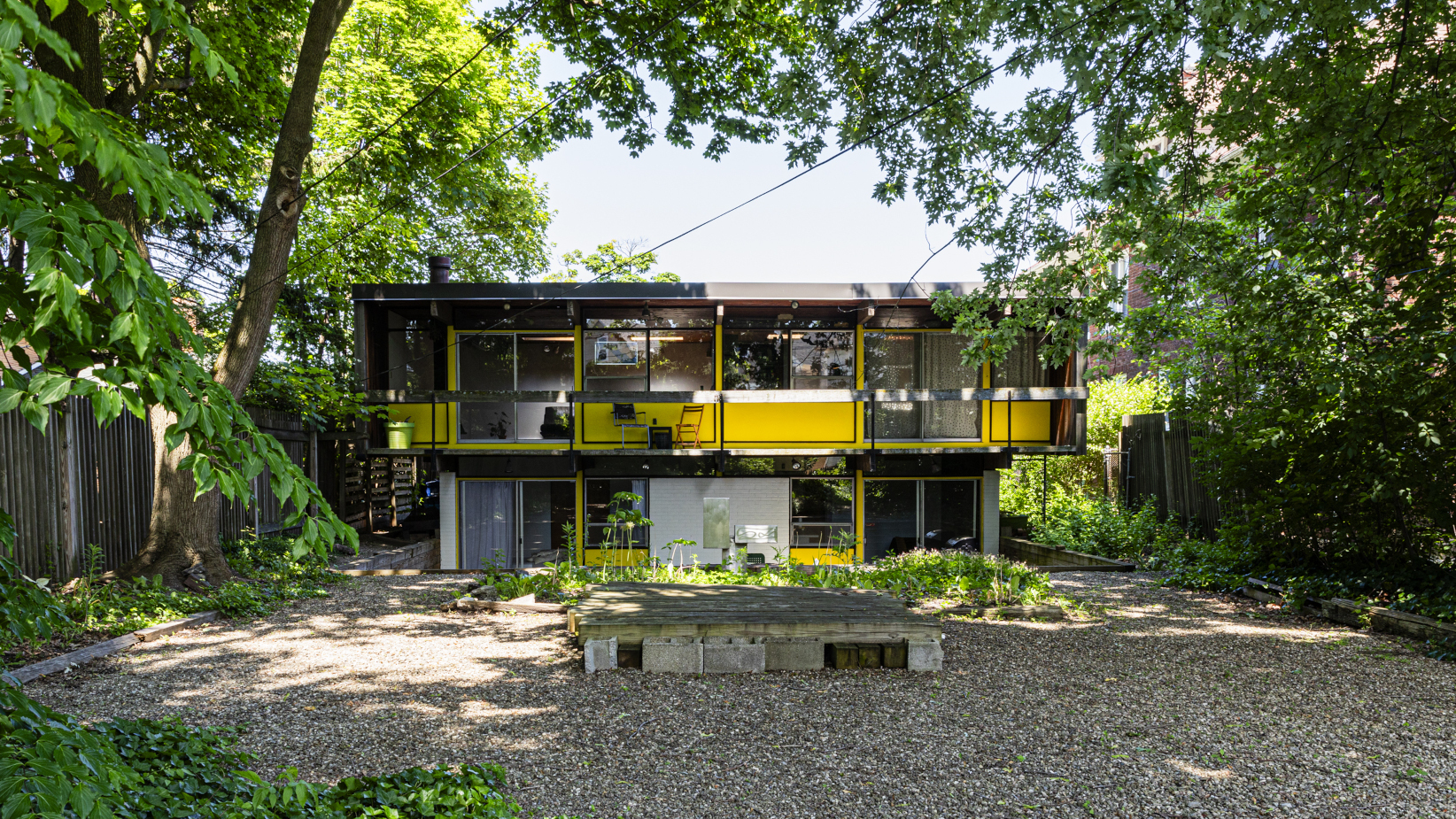
Eight lesser-known gems of modernist architecture – all by African American architects and designers – have been offered a new lifeline in the form of $3.1 million of funding from the Conserving Black Modernism initiative, backed by the Getty Foundation.
The buildings – spanning from the self-designed 1961 home of Robert T Coles, the first African American Chancellor of the American Institute of Architects, in Buffalo, NY, to a 1960 mosque in Washington, DC, designed by David R Byrd – will benefit from conservation planning and repairs, and enhanced skills training for those who look after them.
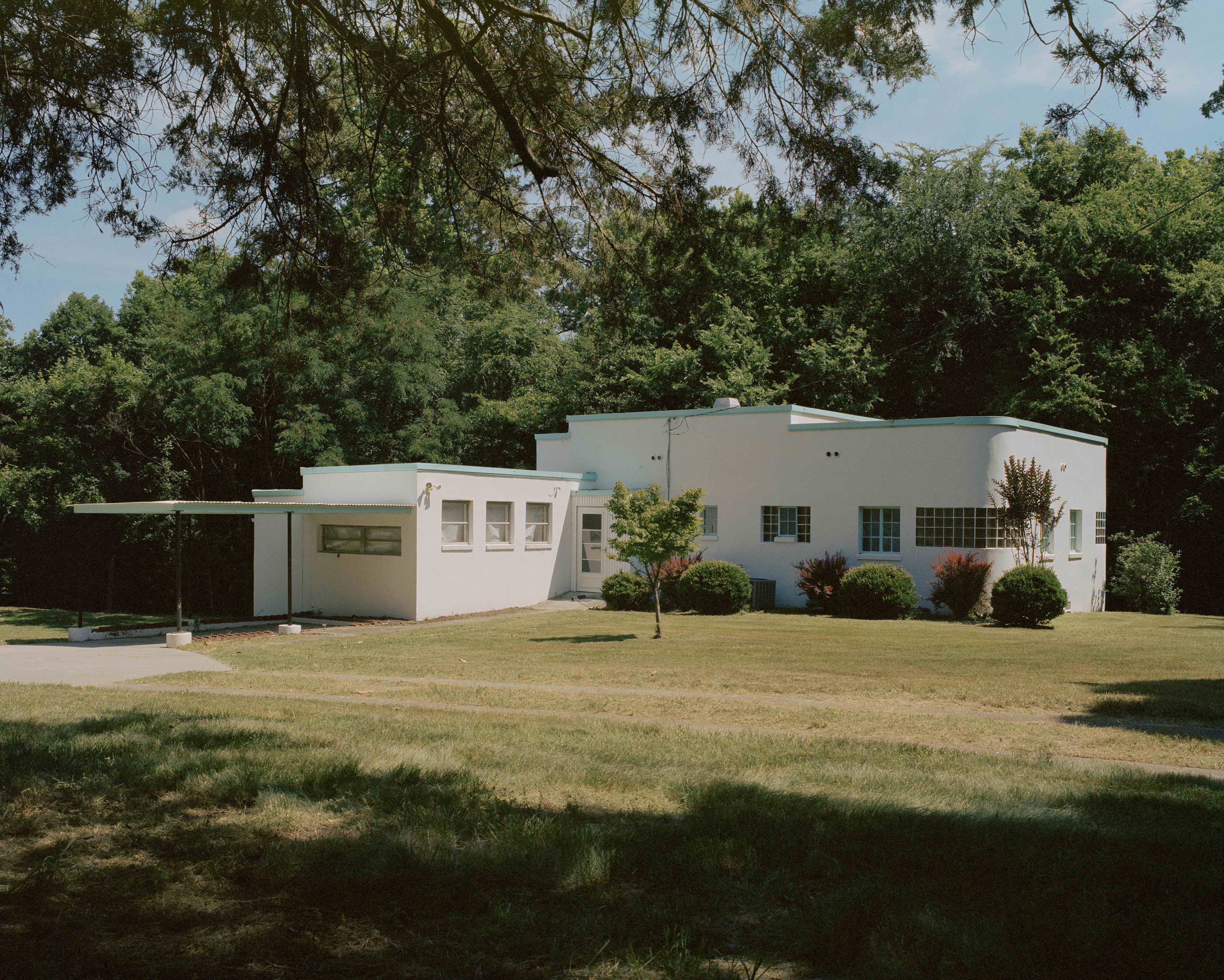
Moreover, the programme, in its second round, having been launched in 2022 by the Getty Foundation and the African American Cultural Heritage Action Fund, is a platform to increase public understanding of trailblazing Black professionals who contributed to the modern movement, and to protect their legacy.
Conserving Black Modernism: addressing oversight
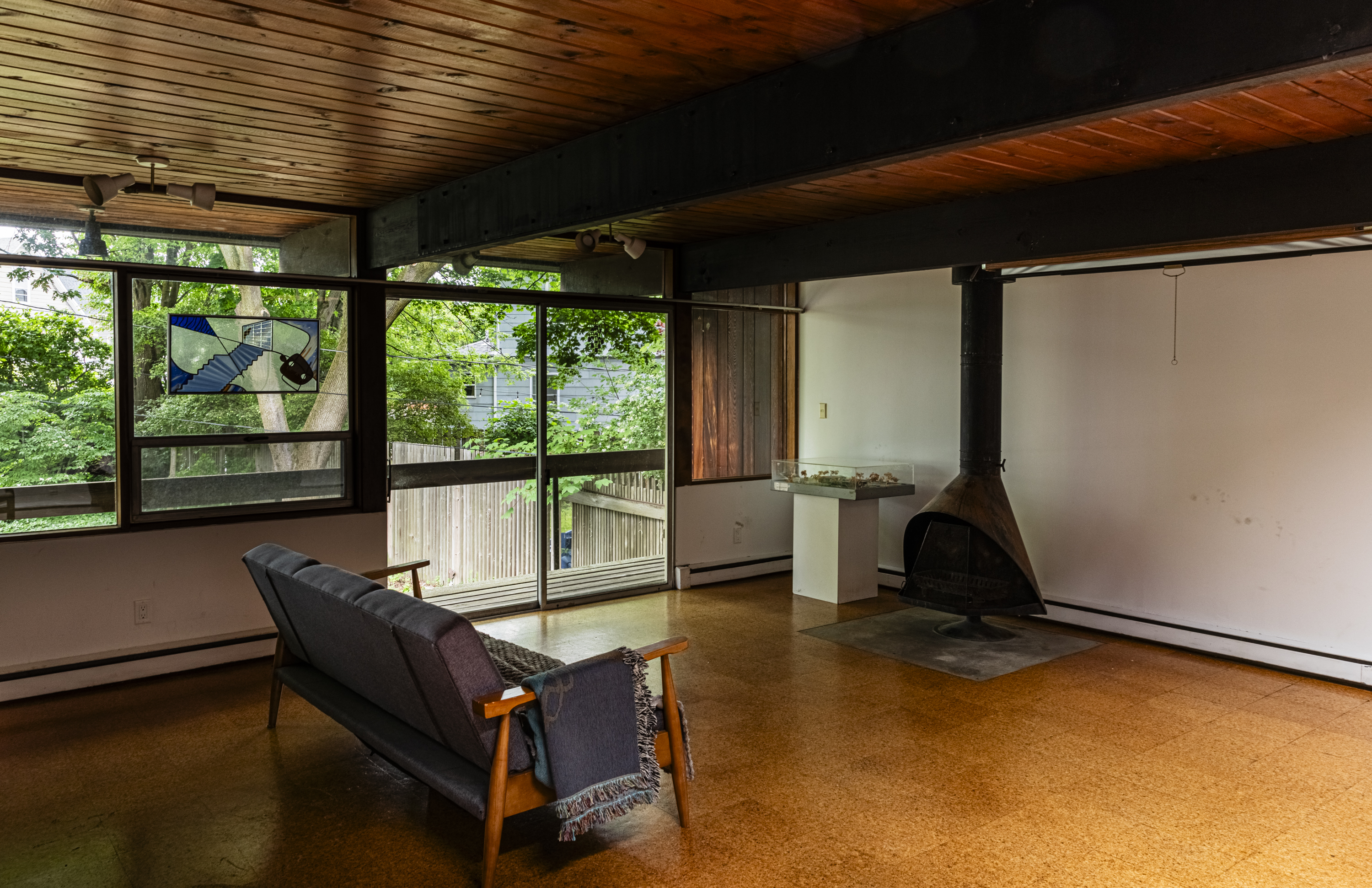
‘With Conserving Black Modernism, we’ve taken actionable steps to save endangered sites that represent African American activism, creativity, and resilience,’ says Joan Weinstein, director of the Getty Foundation. ‘Our partnership with the National Trust has been critical to supporting cultural heritage that embodies Black excellence in modern architecture.’
Also among buildings brought to the fore by the programme this year is Azurest South in Petersburg, VA, an example of the International Style, completed in 1934, and the home and studio of African American architect Amaza Lee Meredith, set on the Virginia State University campus.
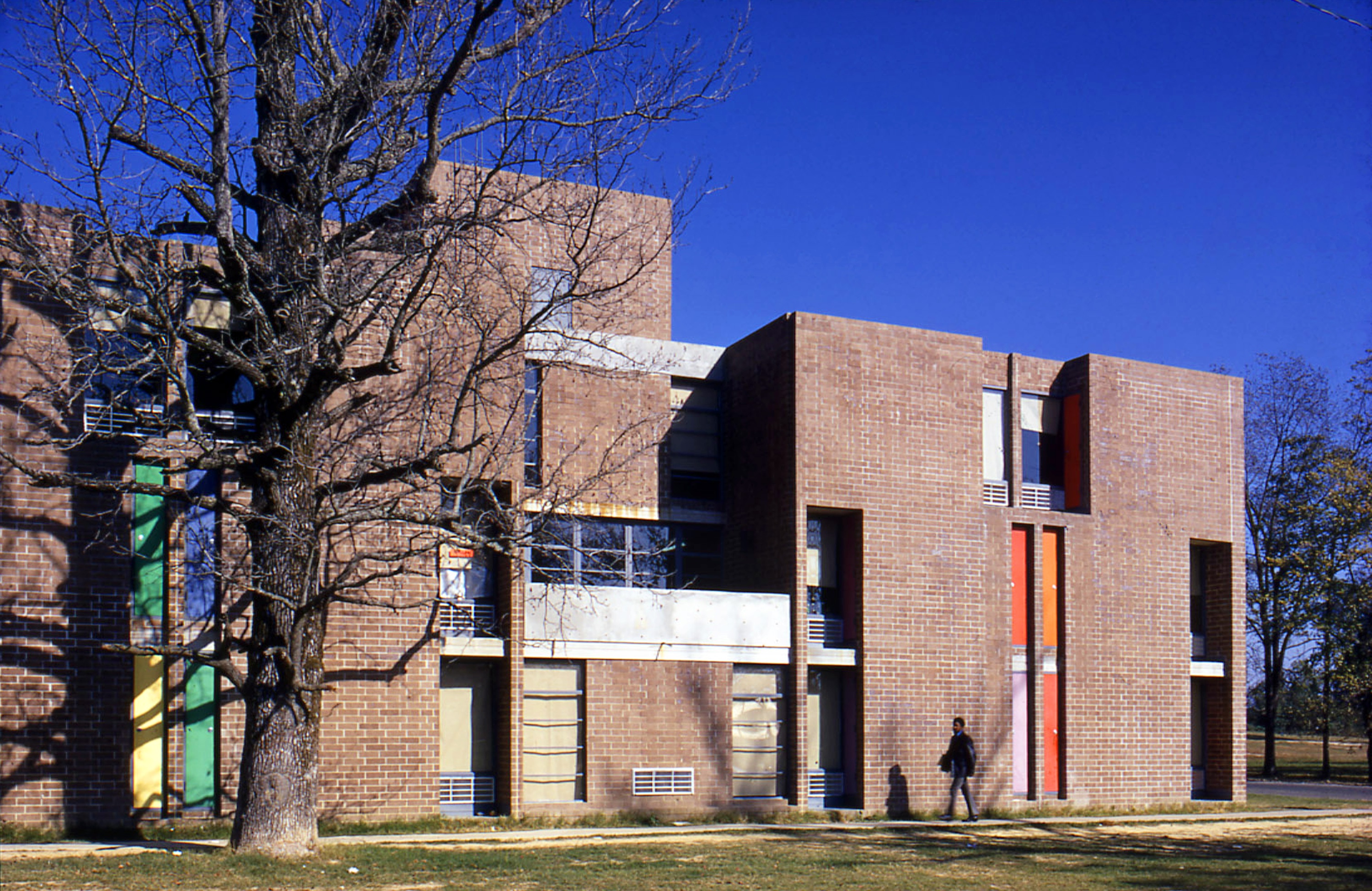
In Mississippi, there’s the Kenneth G Neigh Dormitory Complex at West Point, MS, designed by J Max Bond Jr. Completed in 1970, the building is currently closed in a state of disrepair and funding will allow a feasibility study for its adaptive reuse.
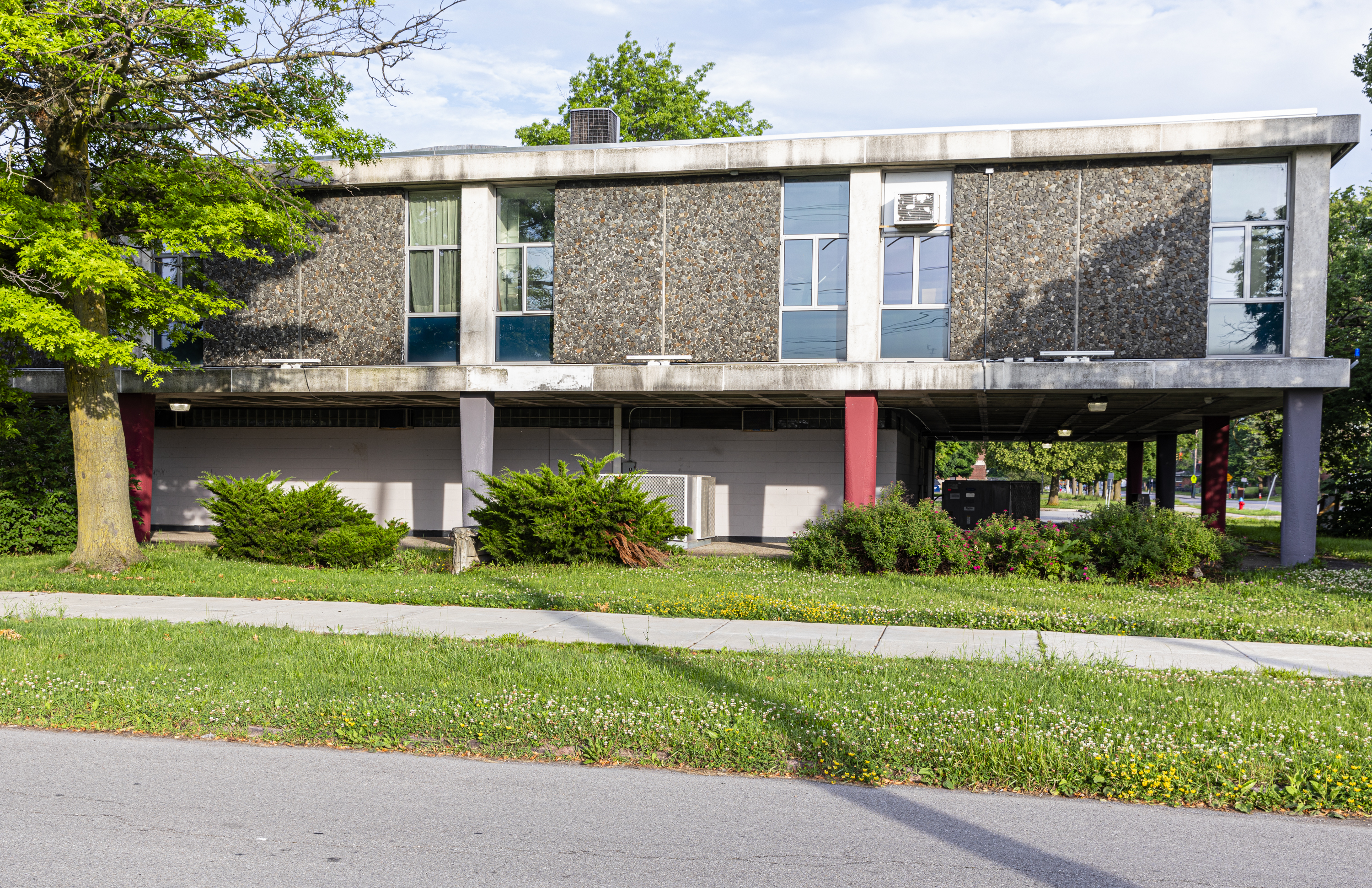
The JFK Recreation Center, designed by Robert T Coles in 1963 – the architect’s second project highlighted by this year’s programme – currently hosts various nonprofits and community activities and is set for a full preservation plan.
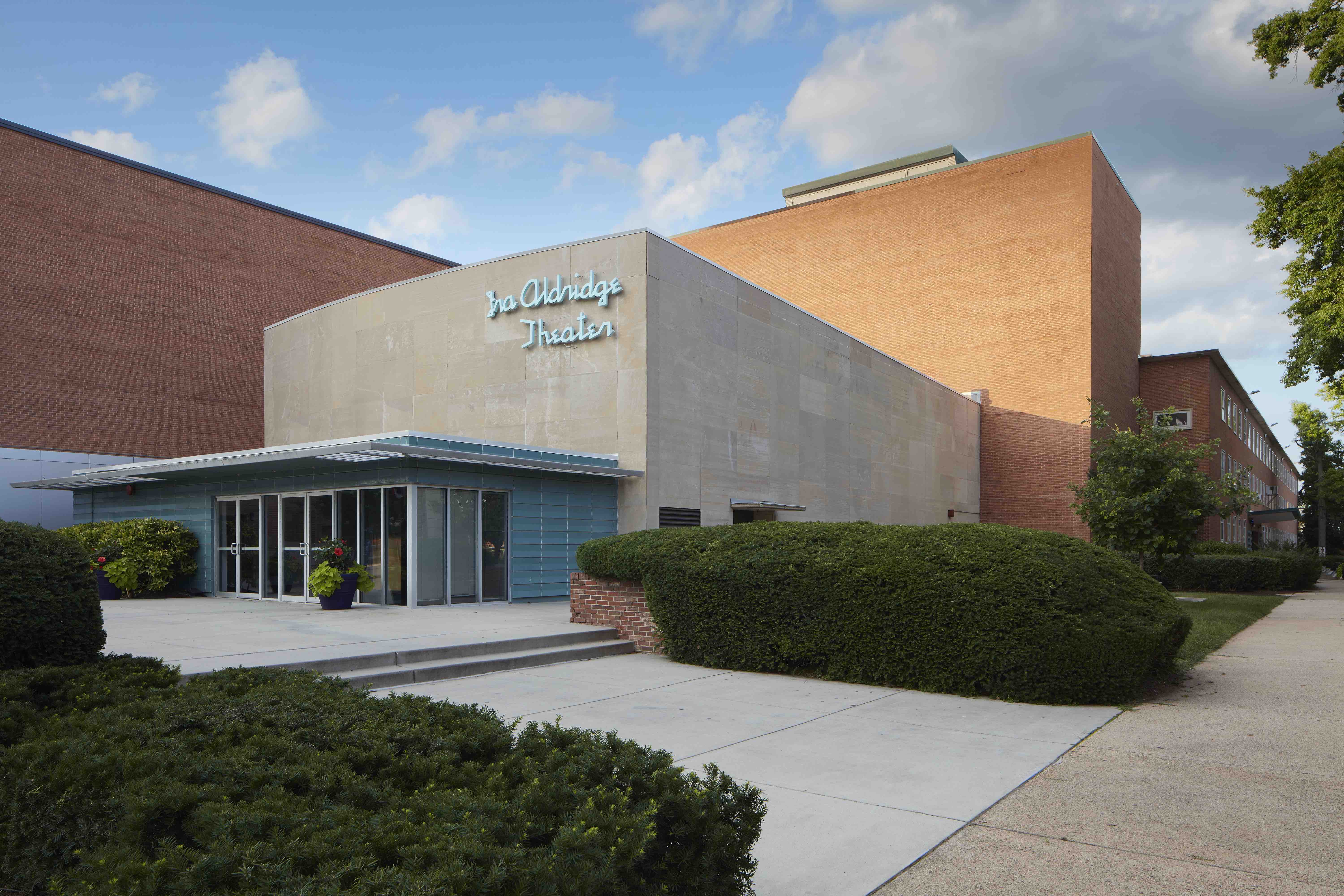
Named after a 19th-century African American Shakespearean actor, the 1961 Ira Aldridge Theater, at Howard University in Washington, DC was designed by Hilyard Robinson and Paul R Williams – funding will support an Historic Structures Report and an interpretation plan.
African American architect Leon Allain designed three halls, Dansby, Brawley, and Wheeler, at Morehouse College in Atlanta, GA in the early 1970s. All three are now due to benefit from building assessments and an Historic Structures Report.
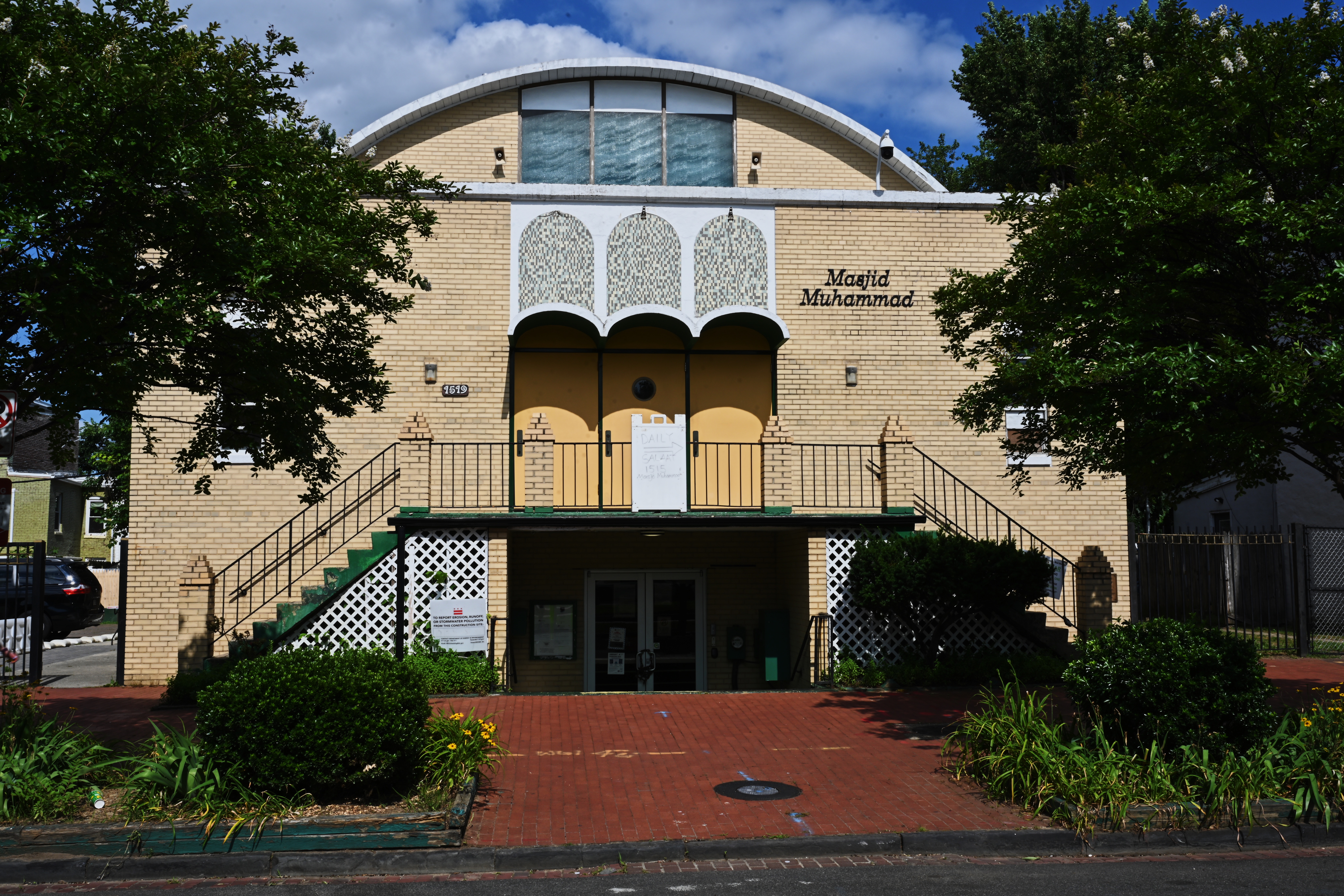
And finally, a cultural interpretation plan and critical repairs will be made possible at the Universal Life Insurance Co Building, in Memphis, TN, completed in 1949 and designed by McKissack and McKissack, one of the oldest Black-owned architectural firms in the USA.







